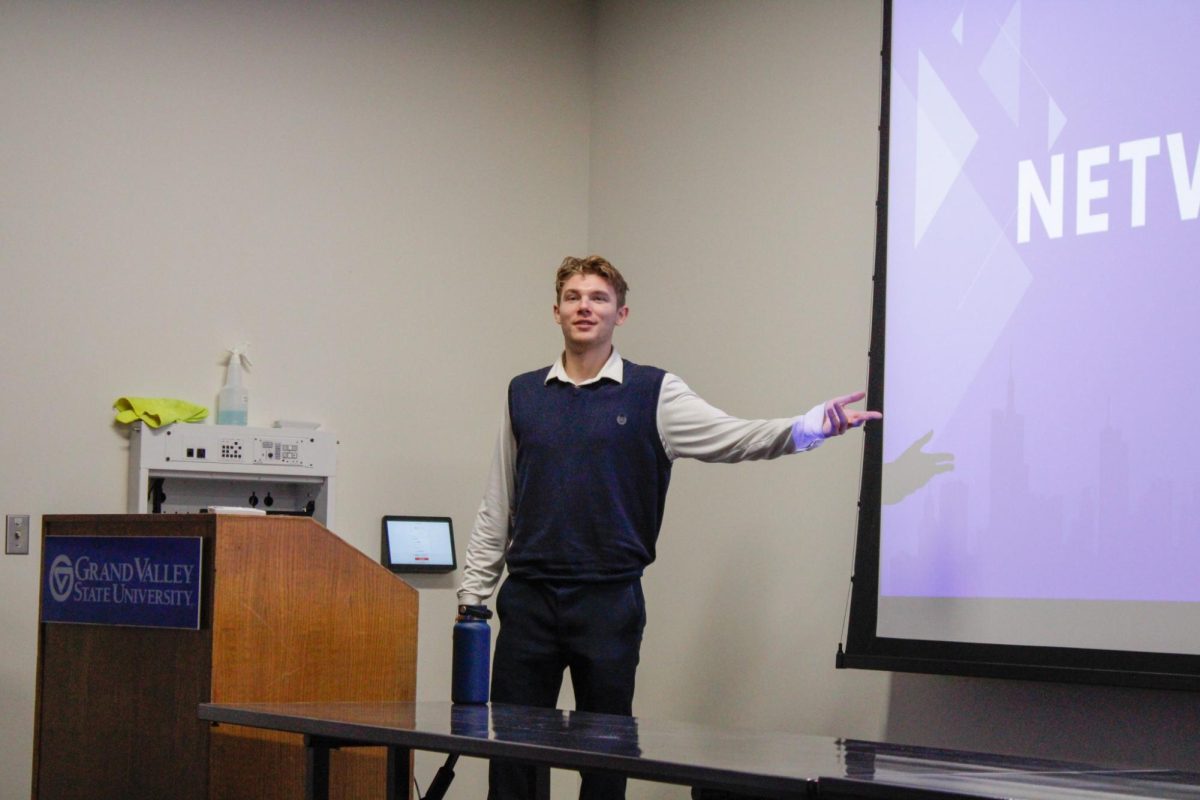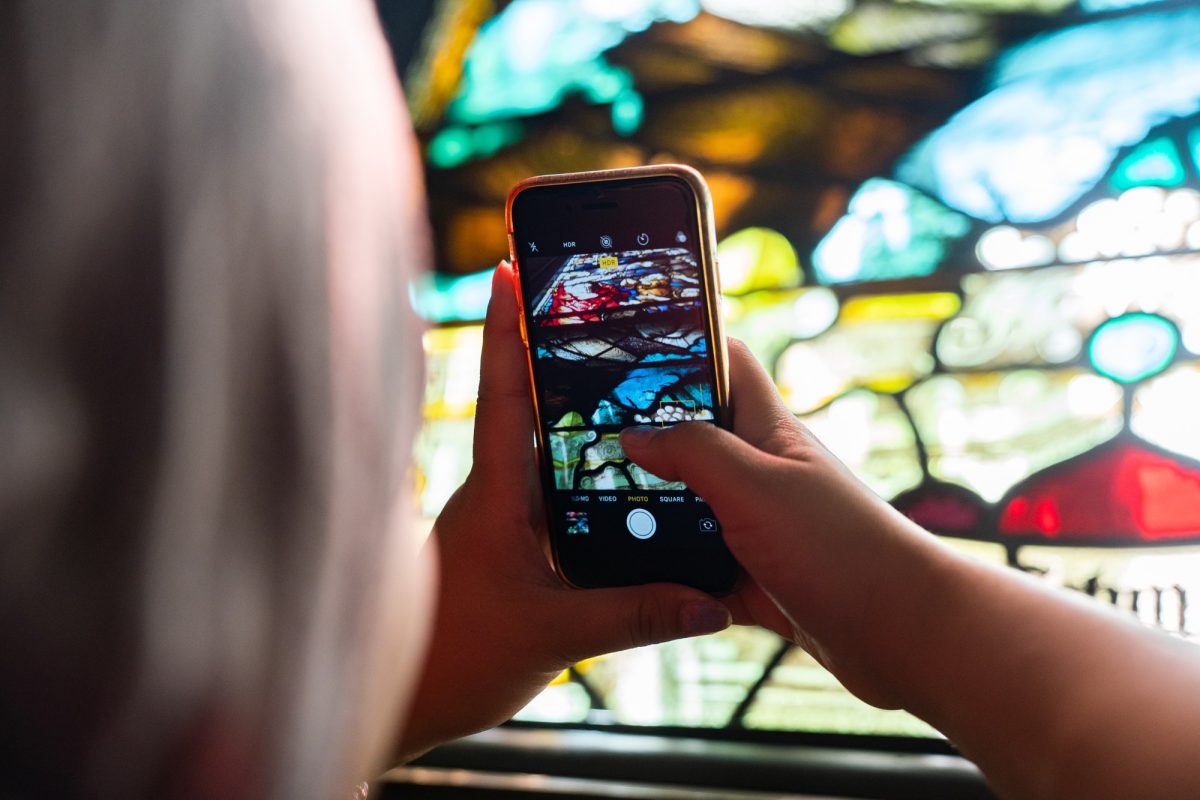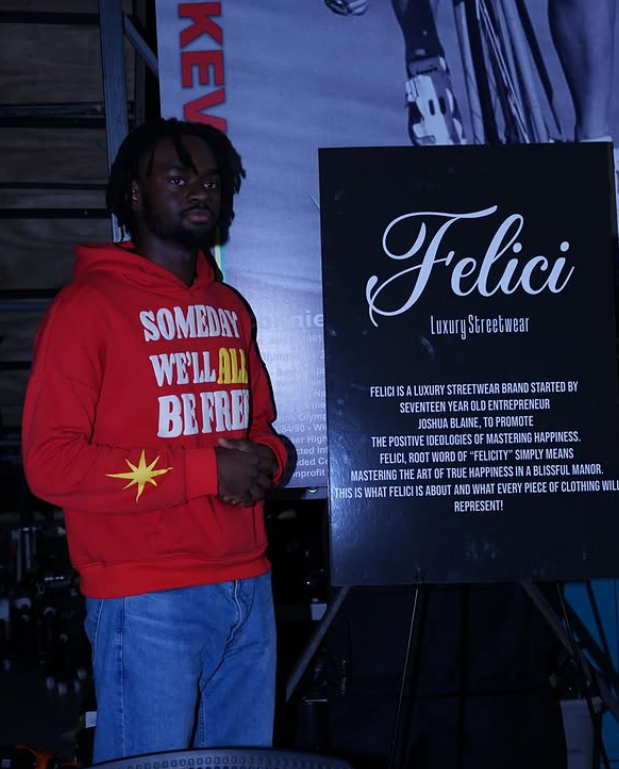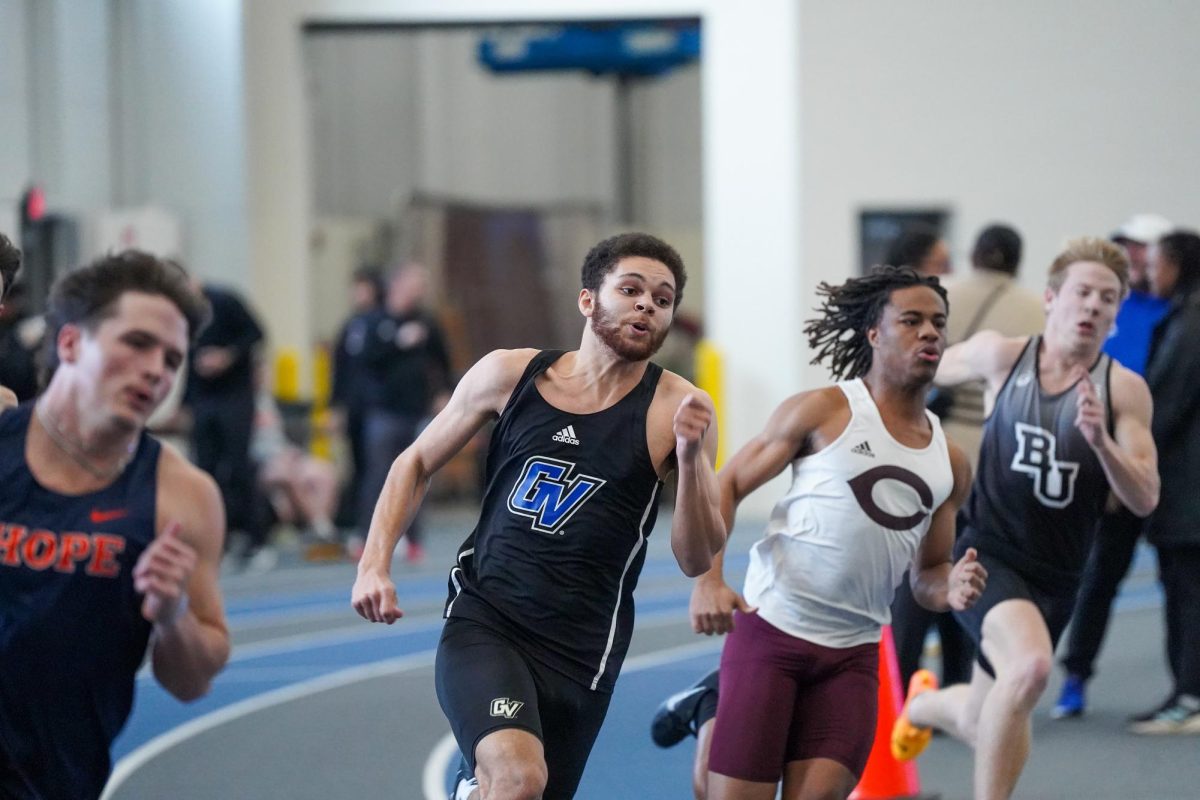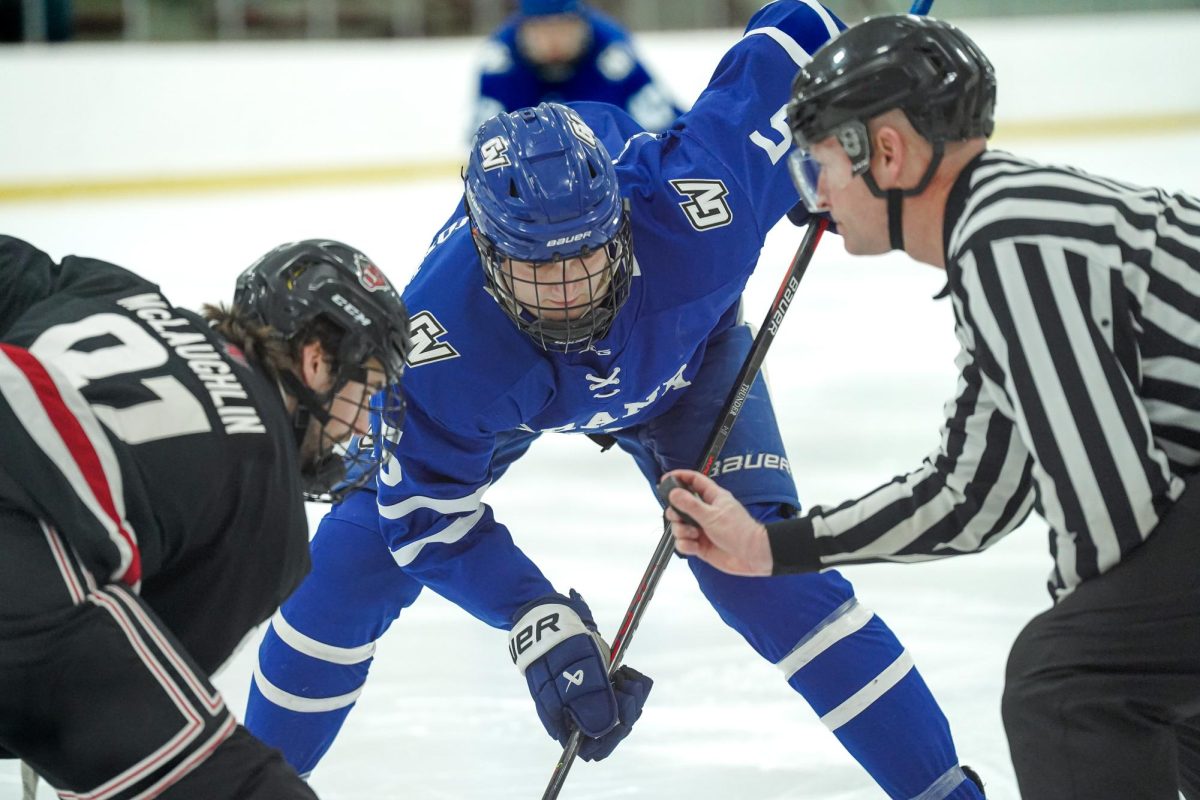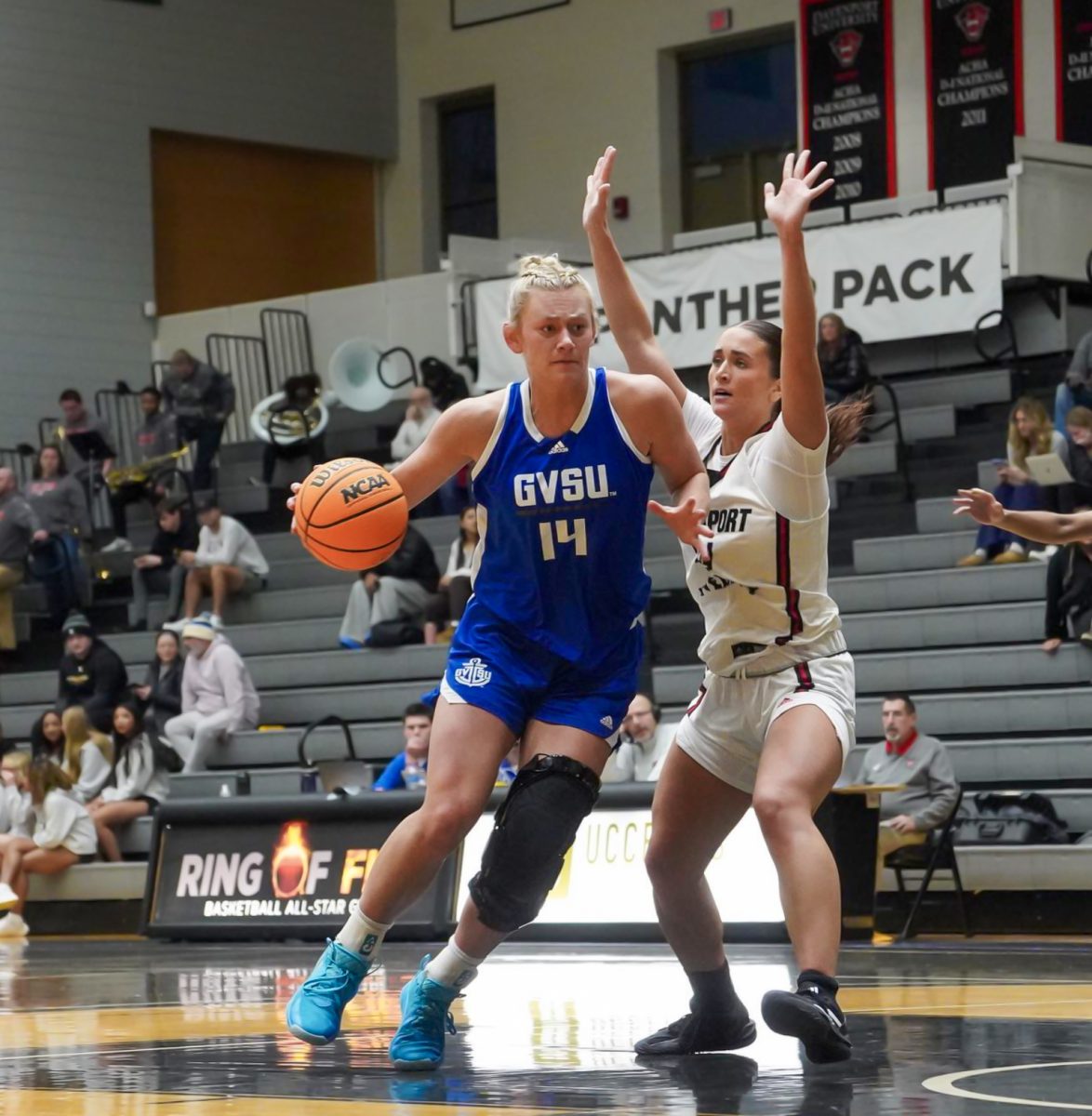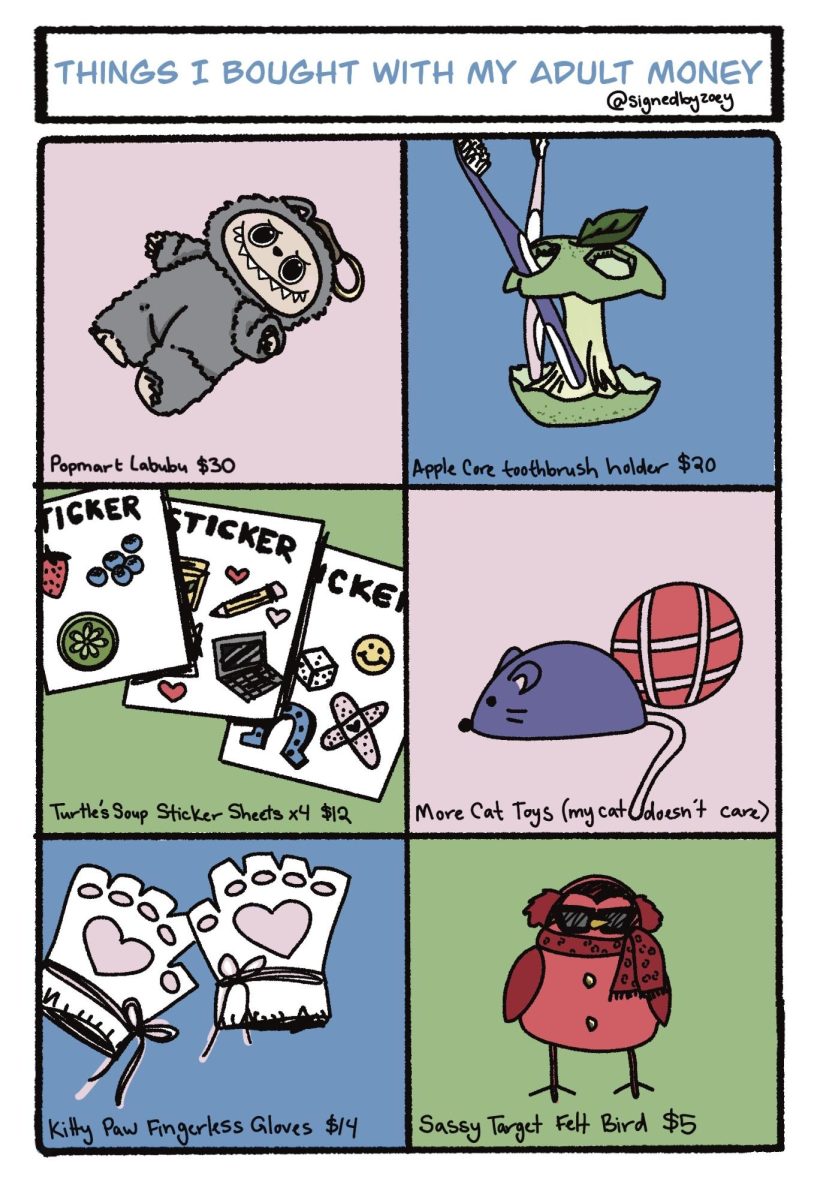A showcase of influential black artists
Feb 17, 2020
Friday, Feb. 14 in the Kirkhof Center Grand River Room there was an annual event held by the GVSU Positive Black Women to showcase artwork of black women throughout history. This event ran from 12-1 p.m. and included a buffet-style lunch to enjoy while numerous speakers came up to present.
Positive Black Women was founded in 1994 by a group of students and faculty who would discuss various topics over lunch. By 2000, this led to a scholarship endowment originally meant to assist black women with academic needs. Outside of tuition this could help pay for a deposit for housing, childcare, books and other academic related expenses. This scholarship still exists today and is open to anyone regardless of sex, race or origin and is a great scholarship to help cover some of the costs of schooling.
This annual lunch-in helps the community celebrate black history month and some of the black artists who have helped shape pop culture. The beginning of the event included an interactive live museum where students could talk to members involved.
“We hope that students learn about the significant contributions that African Americans have made to the arts such as dance, music and tradition,” said Jamillya Hardley, one of the coordinators and speakers of the event
“Students should be exposed to the importance surrounding African dance and music and its lasting impact in today’s society,” Hardley said. “It allows for perspectives and constant conversations to be had amongst the campus and community.”
One of the artists featured was Alvin Alley and his choreography work. Students were able to see his piece “Cry,” which portrays the generations of struggle of black women. Also acknowledged was pop-icon Akon and his Konfidence Foundation that helps empower disadvantaged youth from Africa to the United States. Lupita Nyong’o was another celebrated artist displayed in the event. Nyong’o is a successful Kenyan-Mexican actress who has portrayed many famous roles such as her part in “Twelve Years A Slave,” “Us” and “Black Panther.”
The audience was also exposed to different types of dance, including the Afrika step dance and the NPHC Unity step dance which are demonstrated via video clips in the presentation.
“Art allows us to express ourselves through various ways, giving the artist the power to create whatever message, image, learning objective they choose. Having the freedom to express in general is empowering in itself,” Hardley said.







